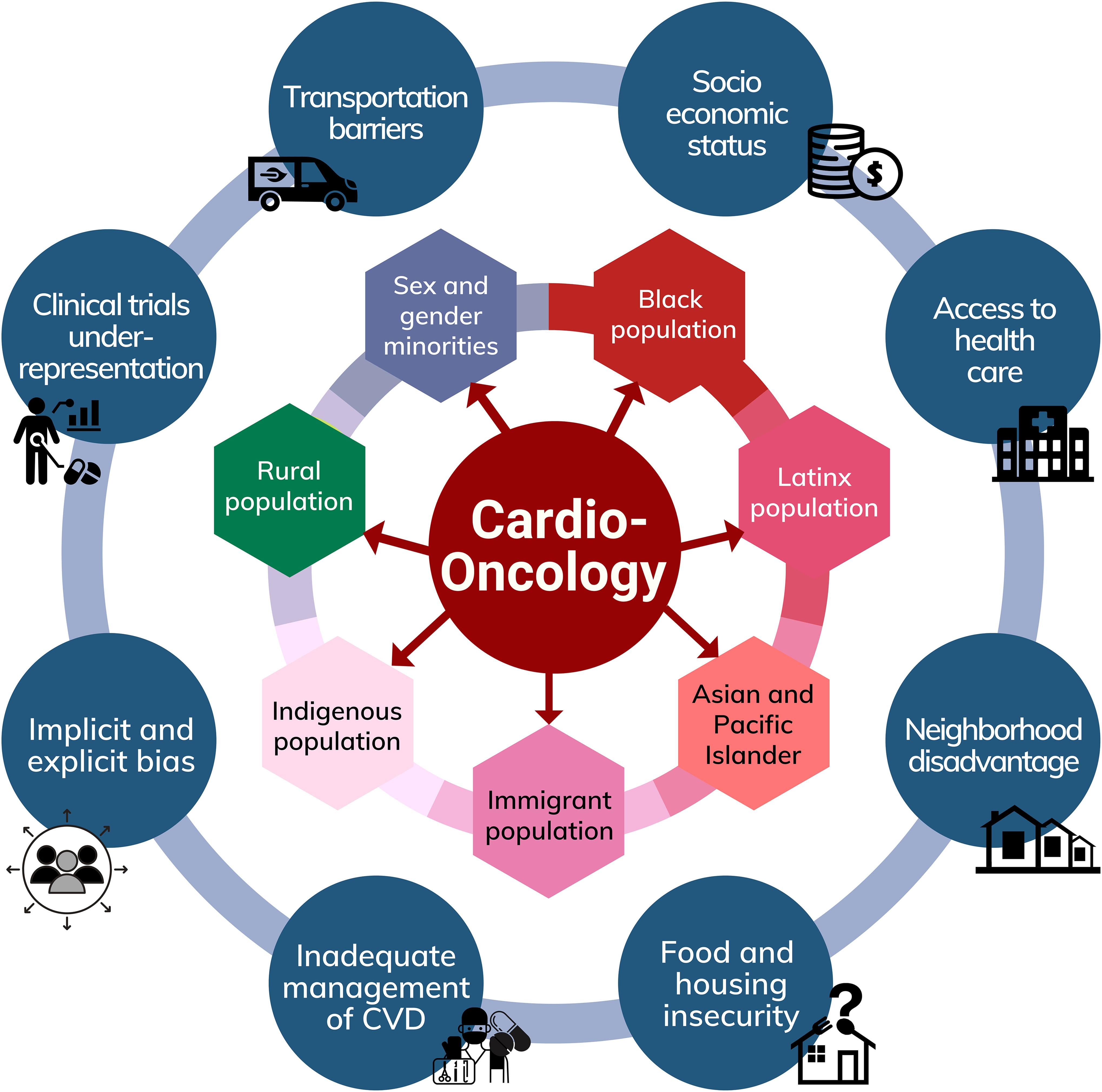
Air Pollution and the Effects on Cardio-Oncology: A Review
Introduction
The survival rate of cancer patients has substantially improved with the emergence of cancer therapies. However, this has resulted in chronic health conditions that have emerged as the lifespan of cancer patients increased. Cardio-oncology is a field that refers to the research and clinical practice of predicting, preventing, and treating cardiotoxicity due to cancer therapy. Over time, cardio-oncology has expanded and includes multifaceted and bidirectional links between cancer and cardiovascular disease (CVD). Air pollution has emerged as an environmental risk factor for cancer and CVD, therefore its role within cardio-oncology has received little attention. This study aims to review the evidence linking cancer and CVD, emphasizing the effects of air pollution on cardio-oncology.
Air Pollution and Its Effects on Cardiovascular Disease (CVD)
Exposure to particulate matter ≤ 2. 5 (PM2. 5) has been associated with atherosclerosis, hypertension, stroke, and heart attack. Air pollution is also associated with cancer, especially lung cancer. Studies have indicated a higher risk of CVD in cancer patients and of cancer in those with heart failure. The authors identified eight studies through a literature search that examined the effects of air pollution on cancer in CVD cohorts and CVD in cancer cohorts. Three studies indicated that higher cardiopulmonary and CVD mortality was attributable to PM2. 5 exposure. Two studies also reported higher CVD incidence associated with PM2. 5 and PM10, especially in breast cancer. Finally, three studies revealed significant associations between NOx and the incidence of traffic-related air pollution (TRAP)-related cancers among CVD patients.
Air Pollution and Its Effects on Obesity and Diabetes
The relationship between air pollution and the risk of obesity has been explored across life stages. In a randomized controlled trial, children aged 23 months whose mothers used high-efficiency particulate air (HEPA) filters had a slight decrease in body mass index (BMI). Further, a Spanish study observed that prenatal and postnatal exposure to PM2. 5, PM10, and NO2 was associated with modest BMI changes during the first five years of life. A cross-sectional study involving children aged 6–17 found that obesity incidence increased by 10% per 10 ug/m3 increment in PM2. 5. A systematic review found that the risk of diabetes increased by 8% to 10% with every 10 ug/m3 increment in PM2. 5. Gestational exposure to air pollution is associated with a higher risk of gestational diabetes; it is also associated with increased diabetes risk in the offspring. Further, short- or long-term PM2. 5 exposure has been linked to hypertension. A study showed that increased PM2. 5 exposure increased the transition from prehypertension to hypertension, CVD, and death.
Air Pollution and Its Effects on Cancer
Multiple air pollutants can breach the respiratory tract barrier, deposit in the alveoli, initiate systemic effects, local inflammation, and oxidative stress, and contribute to oxidative injury and inflammatory dysregulation, leading to cardiovascular damage and cancer predisposition. Inflammation and reactive oxygen species are critical in tumor growth and metastasis. Polycyclic aromatic hydrocarbons, the main organic constituents of PM2. 5, have been implicated in lung cancer. PM2. 5 comprises some types of carcinogens and mutagens that form DNA adducts. This may lead to gene instability, transcriptional changes, and epigenetic modifications. PM2. 5 exposure has been shown to induce dose-dependent changes in DNA damage-related gene expression.
Conclusion
Large-scale studies are needed to evaluate the carcinogenic effects of air pollution. While evidence reveals links between air pollution and cardio-oncology, several gaps and limitations remain. Variations in residential history and time-activity patterns may result in data inaccuracies related to air pollution exposure. Overall, the health impact of air pollution varies among individuals and across geographic regions, leading to diverse consequences.
Originally Post From https://www.news-medical.net/news/20240621/New-challenges-in-cancer-care-cardiovascular-disease-and-environmental-factors.aspx
Read more about this topic at
Air Pollution May Increase Cardiovascular Risk in Patients …
Study Finds Air Pollution Can Increase Cardiovascular …

